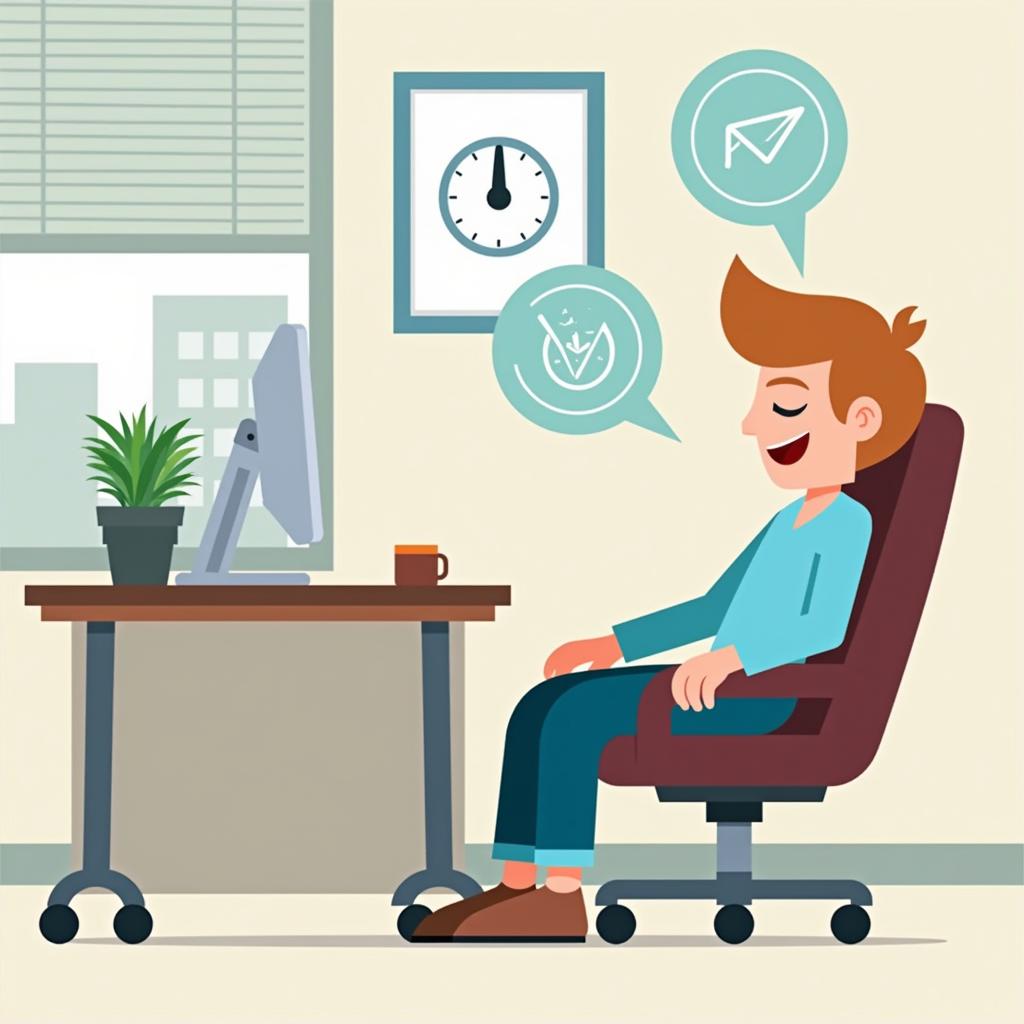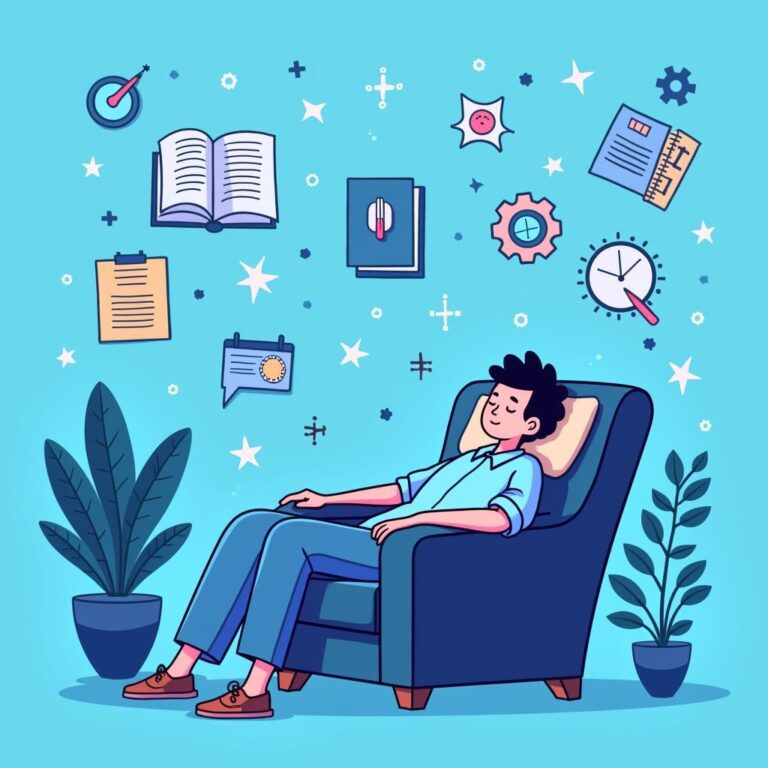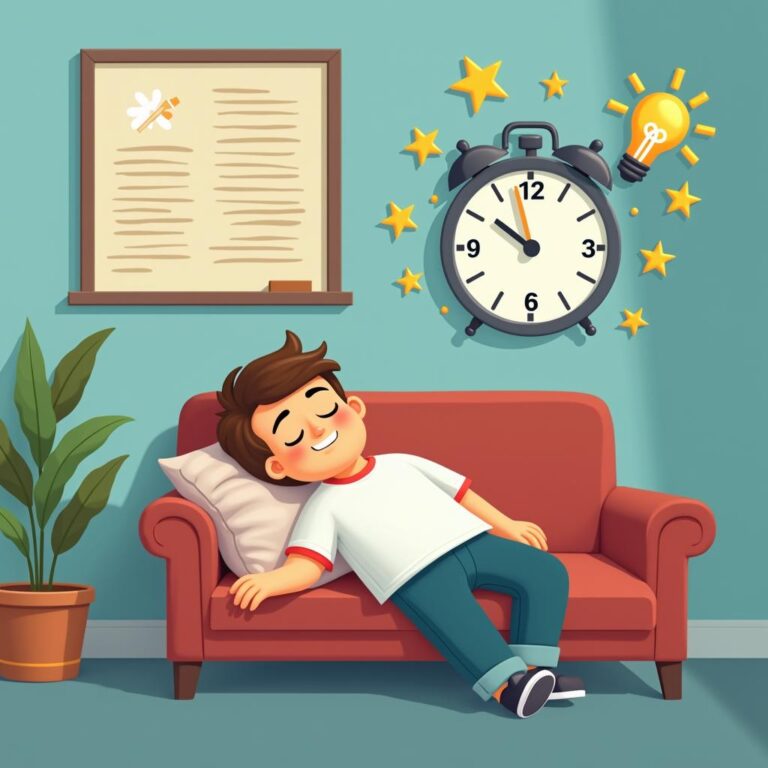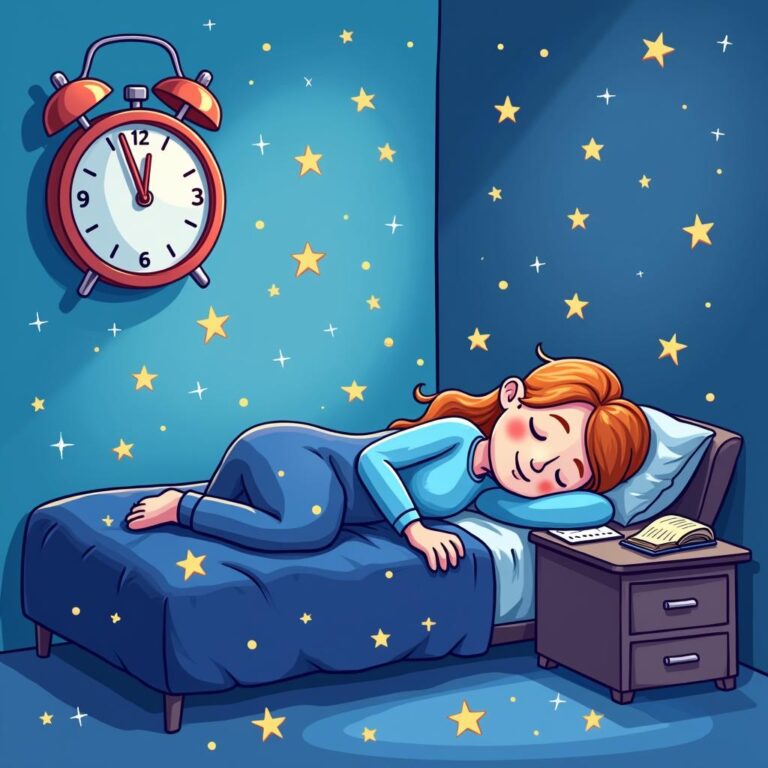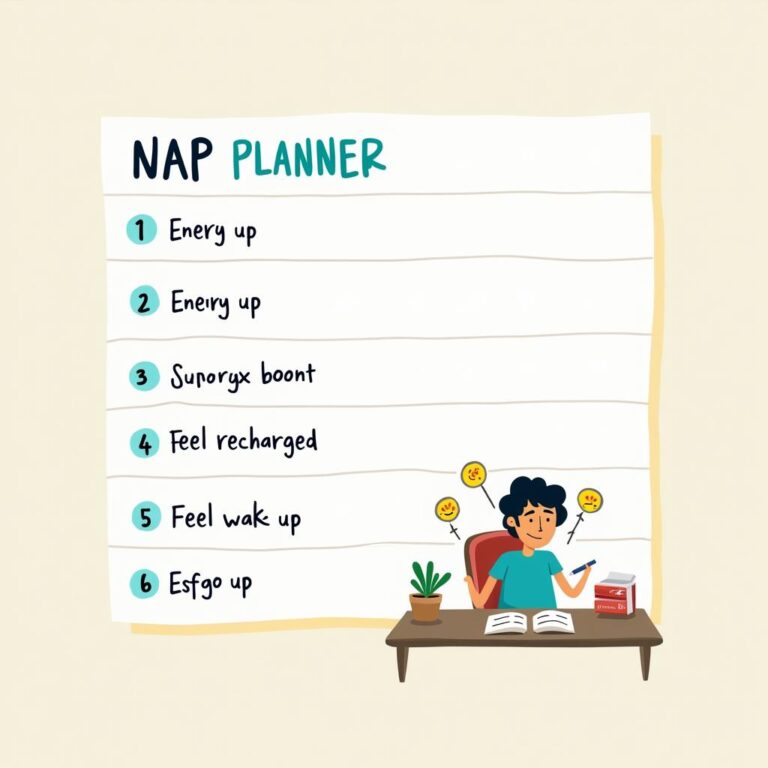In today’s fast-paced world, it’s no surprise that many people are constantly on the go, juggling work, family, and social commitments. With such hectic schedules, finding time to recharge can feel impossible. However, incorporating quick power nap techniques into your daily routine can significantly enhance productivity, boost energy levels, and improve overall well-being. This article will discuss various quick power nap techniques specifically designed for busy people.
Understanding Power Naps
Before diving into the techniques, it’s essential to understand what a power nap is. A power nap is a short sleep, typically lasting between 10 to 30 minutes, intended to refresh the mind and body. Unlike longer naps, which may lead to sleep inertia – the grogginess you feel after waking from deep sleep – power naps are designed to keep you in a lighter sleep stage, allowing you to wake up feeling alert without the sluggishness.
The Benefits of Quick Power Naps
Quick power naps offer numerous benefits, especially for busy individuals:
- Increased Alertness: A brief nap can help clear your mind and improve focus, making it easier to tackle tasks.
- Improved Mood: Napping can boost your mood and reduce feelings of irritability, which is crucial for maintaining healthy relationships at work and home.
- Enhanced Memory: Short naps can improve memory retention and learning capabilities, an advantage for busy professionals and students alike.
- Better Physical Health: Taking time to rest can help lower stress levels, which positively impacts cardiovascular health.
Techniques for Quick Power Naps
Finding the right technique for power napping will depend on your specific needs and environment. Here are some effective methods for busy people:
1. The 10-Minute Nap
If you’re really pressed for time, a 10-minute nap can be surprisingly restorative. Here’s how to make the most of it:
- Find a quiet spot where you won’t be disturbed.
- Set an alarm for 10 minutes to avoid oversleeping.
- Close your eyes and let your mind relax. Focus on your breathing and try not to think about your to-do list.
This technique can quickly recharge your mind, making it an ideal choice for lunchtime or between meetings.
2. The 20-Minute Nap
The 20-minute nap is one of the most recommended power nap lengths. This duration allows you to enter a light sleep stage without drifting into deeper sleep, thus minimizing grogginess:
- Find a comfortable position, preferably lying down, but if you’re in a work setting, a supportive chair may do.
- Set your alarm for 20 minutes.
- Relax your body, and if possible, use a sleep mask or earplugs to block out distractions.
After waking up, engage in some light stretching or a brief walk to enhance your alertness.
3. The 30-Minute Nap
If your schedule allows for a slightly longer nap, a 30-minute power nap can provide substantial benefits, but proceed with caution:
- Find a relaxed setting where you can minimize interruptions.
- Set your alarm for 30 minutes and do your best to fall asleep quickly.
- Once you wake up, it may take a minute to completely regain your alertness, so taking a few moments to transition is beneficial.
This duration gets you closer to a deeper sleep phase but should still generally keep you awake without significant grogginess if you wake up at the right moment.
4. Nap Timing Tips
Timing can be crucial when planning your quick power nap. Here are some considerations:
- Avoid Late Afternoon: Napping too late in the day can interfere with your nighttime sleep. A good rule of thumb is to nap before 3 PM.
- Listen to Your Body: Pay attention to your fatigue levels. If you feel a slump in energy, it’s a good time for a nap.
- Combine with Other Breaks: Try integrating power napping into your regular breaks. For example, after a lunch break or during a long meeting break.
Creating an Ideal Nap Environment
To maximize the benefits of your power nap, consider creating an optimal environment:
- Find a quiet place to minimize noise disturbance.
- Dim the lights or use an eye mask to block out sunlight.
- Consider using white noise or calming music to help you fall asleep quickly.
By preparing a suitable napping environment, you’ll enhance the quality of your brief rest periods, translating to better refreshment and rejuvenation.
Conclusion
For busy people, quick power nap techniques can be a game-changer. By learning to utilize 10, 20, or even 30-minute naps effectively, you can enhance your productivity and energy levels throughout the day. Keep in mind the importance of timing and optimal environments to ensure that every power nap counts. Start incorporating these techniques into your daily routine and experience the revitalizing benefits that power naps offer!

